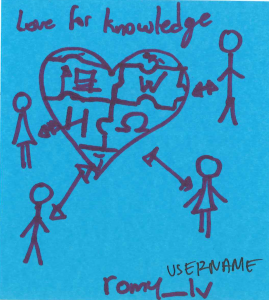
In the ever-evolving landscape of healthcare, the seamless and timely delivery of medical supplies plays a crucial role in ensuring the well-being of patients and the effectiveness of healthcare providers. From life-saving medications to state-of-the-art equipment, the supply chain is the backbone of the healthcare system. This blog explores the significance of medical supply delivery and how advancements in technology are transforming the way these essential resources reach their destination.
The Importance of Timely Medical Supply Delivery:
- Patient Care and Safety: Timely delivery of medical supplies is paramount for patient care and safety. Life-saving medications, diagnostic tools, and equipment must be available when needed to prevent complications and ensure the best possible outcomes for patients.
- Optimizing Healthcare Operations: Efficient supply chain management enhances the overall efficiency of healthcare operations. By streamlining the delivery process, healthcare providers can focus more on patient care, reduce delays in treatment, and allocate resources effectively.
- Minimizing Stockouts and Overstock: A well-organized supply chain helps minimize the risk of stockouts or overstock situations. This ensures that healthcare facilities have the right amount of supplies, preventing shortages that could impact patient care and reducing unnecessary costs associated with excess inventory.
Technology Advancements in Medical Supply Delivery:
- Real-time Tracking and Visibility: The integration of real-time tracking technologies, such as GPS and RFID, provides end-to-end visibility into the supply chain. This allows healthcare providers to monitor the location and status of medical supplies in transit, reducing the risk of loss or theft and enabling better planning.
- Data Analytics for Demand Forecasting: Data analytics plays a pivotal role in predicting demand patterns and optimizing inventory levels. By analyzing historical data and trends, healthcare providers can make informed decisions about the quantity and types of supplies needed, preventing shortages or wastage.
- Automated Systems and Drones: Automation is revolutionizing medical supply delivery. Automated systems within warehouses and distribution centers speed up the picking and packing process, while drones offer the potential for swift and efficient delivery in remote or hard-to-reach areas.
Challenges in Medical Supply Delivery:
- Regulatory Compliance: The healthcare industry is highly regulated, and medical supply delivery must comply with various regulations and standards to ensure the safety and integrity of the products. Navigating these complexities requires careful planning and coordination.
- Infrastructure and Logistics: The geographical diversity of healthcare facilities poses challenges in terms of infrastructure and logistics. Remote areas may lack the necessary transportation and storage facilities, making it difficult to ensure timely deliveries.
Conclusion:
In the ever-advancing field of healthcare, the efficiency of medical supply delivery is pivotal for the well-being of patients and the effectiveness of healthcare providers. By embracing technology, data-driven insights, and innovative delivery methods, the healthcare industry can overcome challenges and build a resilient and responsive supply chain. Ultimately, the continuous improvement of medical supply delivery contributes to a healthier and more sustainable healthcare ecosystem.




